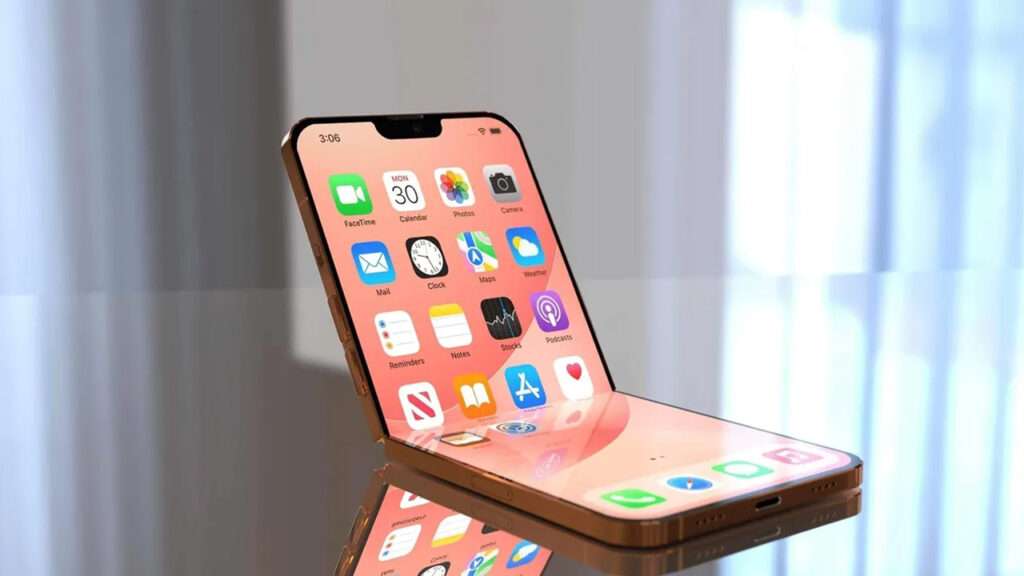
The Evolution of Foldable Technology and Apple’s Entry
The journey of foldable technology in smartphones is marked by numerous attempts and considerable challenges. Early endeavors in this domain can be traced back to companies like Samsung, Huawei, and Motorola, which pioneered the development of foldable displays. The Samsung Galaxy Fold, launched in 2019, marked a significant milestone despite initial setbacks such as screen durability issues. Similarly, Huawei’s Mate X and Motorola’s Razr offered innovative designs but faced their own hurdles, including high production costs and technical limitations.
Apple’s entry into the foldable smartphone market has been one of the most highly anticipated developments in recent years. Known for its relentless pursuit of innovation, Apple has consistently set benchmarks in the technology industry with groundbreaking products like the iPhone, iPad, and MacBook. The speculation surrounding Apple’s foldable iPhone has been fueled by numerous reports and leaks, hinting at a device that could redefine the standards of mobile technology.
The recent patent submission by Apple to the US Patent and Trade Office (USPTO) for a self-repairing foldable display has further intensified these speculations. This patent, which outlines a display capable of automatically healing minor damages such as scratches and dents, signifies a substantial leap forward in foldable technology. The self-repairing technology could address one of the primary concerns associated with foldable displays—durability—thereby enhancing the user experience and extending the lifespan of the device.
Apple’s patent submission not only solidifies the rumors about its foldable iPhone but also underscores the company’s commitment to pioneering advancements in mobile technology. This development is poised to have far-reaching implications for the future of smartphones, potentially setting new standards for innovation and quality in the industry. As the world eagerly awaits Apple’s official announcement, the foldable smartphone market is set for a transformative shift, driven by this promising new technology.
Apple’s innovative self-repairing screen technology marks a significant advancement in mobile device engineering. At the heart of this technology lies the concept of a foldable display that can heal itself from minor damages, such as scratches and small cracks, enhancing both durability and longevity. The patented technology involves the application of a specialized polymer layer that possesses self-healing properties. This polymer can reconfigure its molecular structure to fill in and smooth out imperfections when subjected to specific stimuli like heat, light, or electrical current.
The technical mechanics behind this technology are rooted in materials science. The self-repairing screen integrates a composite material that includes microcapsules containing a liquid healing agent. When the screen is damaged, these microcapsules break open, releasing the agent to fill in the cracks. Additionally, the screen may feature an electrically conductive layer that, when activated, generates heat to accelerate the healing process. This heat-responsive polymer can then realign its molecules to repair the damage, restoring the screen’s integrity.
The implications of this self-repairing screen technology are profound. Firstly, it addresses one of the most common and costly issues for smartphone users: cracked screens. With the ability to self-heal, devices would become more resilient, reducing the need for frequent screen replacements and repairs. This not only extends the device’s lifespan but also lowers the overall cost of ownership, offering significant savings to consumers. For the industry, this could lead to a shift in warranty models and after-sales services as the durability of devices improves.
Furthermore, this technology enhances the user experience by maintaining the aesthetic and functional quality of the device over time. Users would no longer have to endure the inconvenience and diminished usability of a cracked screen. From an environmental perspective, longer-lasting devices translate to reduced electronic waste, contributing to more sustainable consumption patterns.
Looking ahead, the integration of self-repairing screen technology into mainstream devices could set a new standard in the smartphone industry. What once seemed like a feature out of a science fiction novel could soon become a reality, leading to a new era of smart, durable, and self-sustaining mobile devices.


